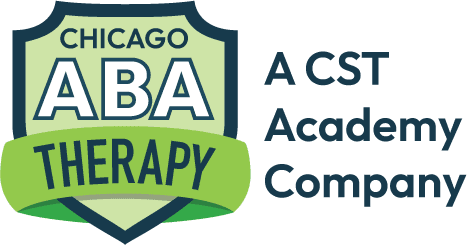Applied Behavior Analysis (ABA) therapy is a well-established, evidence-based approach for helping individuals with autism spectrum disorder (ASD) and other developmental disabilities. ABA therapists use various techniques, including prompting, to guide and teach new skills. This article delves into the different types of prompts used in ABA therapy, providing a comprehensive guide for parents in the Chicago area.
What are Prompts in ABA Therapy?
Prompts are additional cues or assistance provided by therapists to encourage a desired behavior or response. They serve as bridges, helping individuals learn new skills and gradually reducing reliance on external support. Prompts are individualized and adjusted based on each person’s learning style and needs.
The 6 Primary Types of Prompts
-
Verbal Prompts: These are spoken cues or instructions that guide a desired behavior. For example, a therapist might say, “Please pick up your toys” to encourage a child to tidy up.
-
Gestural Prompts: These are non-verbal cues, such as pointing, nodding, or making eye contact, to direct attention or indicate a desired action. For example, a therapist might point to the sink to prompt a child to wash their hands.
-
Modeling Prompts: This involves demonstrating the desired behavior for the individual to imitate. For example, a therapist might model how to brush teeth to teach a child proper oral hygiene.
-
Physical Prompts: These involve physical guidance, such as hand-over-hand assistance, to help a person perform a task. For example, a therapist might gently guide a child’s hand to place a puzzle piece correctly.
-
Visual Prompts: These use visual aids, like pictures, schedules, or written instructions, to provide additional support. For example, a visual schedule can help a child understand and follow a daily routine.
-
Positional Prompts: These involve placing objects closer to the individual to encourage interaction or selection. For example, a therapist might place a preferred toy within reach to prompt a child to choose it.
How are Prompts Faded in ABA Therapy?
Prompt fading is a crucial aspect of ABA therapy. As individuals learn new skills, therapists gradually reduce the level of prompting to foster independence. This is done systematically to ensure a smooth transition and avoid frustration.
Choosing the Right ABA Therapy Provider in Chicago
Selecting the right ABA therapy provider is essential for your child’s success. Consider the following factors when making your decision:
- Experience and Expertise: Look for providers with extensive experience in ABA therapy and a track record of positive outcomes.
- Individualized Treatment Plans: Ensure the provider develops personalized treatment plans tailored to your child’s specific needs and goals.
- Family Involvement: Choose a provider who values and encourages family involvement in the therapy process.
- Positive Reinforcement: Look for providers who utilize positive reinforcement strategies to motivate and encourage desired behaviors.
- Credentials and Certifications: Verify that the provider’s therapists are board-certified behavior analysts (BCBAs) or registered behavior technicians (RBTs).
- Location and Accessibility: Select a provider with a convenient location in the Chicago area.
- Insurance Coverage: Check if the provider accepts your insurance plan to avoid unexpected costs.
The Importance of Prompting in ABA Therapy
Prompts play a crucial role in ABA therapy, serving as stepping stones for individuals to acquire new skills and achieve their full potential. By understanding the different types of prompts and how they are used, parents can better appreciate the effectiveness of ABA therapy and actively participate in their child’s treatment journey.
If you are seeking ABA therapy services in Chicago, consult with a qualified provider to discuss your child’s individual needs and develop a personalized treatment plan.










